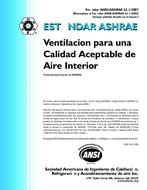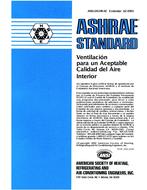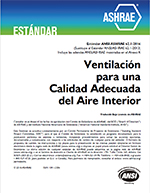Description
Click here to purchase
Energy from buildings accounts for almost 40% of global energy-related carbon emissions. A way to reduce both energy consumption in buildings as well as their environmental impact is to use bio-based insulation materials such as cellulose, wood or hemp fiber insulation. Experiences from modern buildings built with a timber-frame structure and insulated with bio-based materials show that these buildings have lower energy needs in the operational phase than what was initially expected from energy simulation models. However, these experiences have thus far been anecdotal, and they have not yet been validated through measurements. It is common that energy models only focus on thermal properties of materials and thermal flows through the building envelope, without considering moisture loads or hygrothermal behavior of building materials. A relevant difference between bio-based insulation materials and their polystyrene or mineral wool-based counterparts is that the former is more hygroscopic, with a generally high moisture capacity. It is hypothesized that latent heat and moisture transfer from the higher hygroscopicity of bio-based insulation materials could account for the discrepancy between modelled energy needs and measured energy needs in the operational phase. A numerical study was conducted to evaluate the energy performance of materials with varying hygroscopic properties. A numerical model of an exterior wall assembly with hygroscopic insulation materials was created in COMSOL, enabling parameters to be varied, without the manual input commonly required by some other commercial programs. Studied parameters included moisture buffering capacity and insulation thickness. Furthermore, the influence of the indoor and outdoor climate on the hygrothermal performance of the wall assembly was studied. The output evaluated focused primarily on the heat flux through the wall from the interior side. Results of the study showed that there is a potential for energy saving using hygroscopic insulation materials, as their higher moisture capacity could contribute to reduced energy needs for space heating. Results from this study also indicate that latent heat should be evaluated when insulation materials with hygroscopic properties are used in the building envelope, otherwise the energy use from heating could be underestimated.
Product Details
- Published:
- 2022
- Number of Pages:
- 10
- Units of Measure:
- Dual
- Product Code(s):
- DBldgsXV-C010




